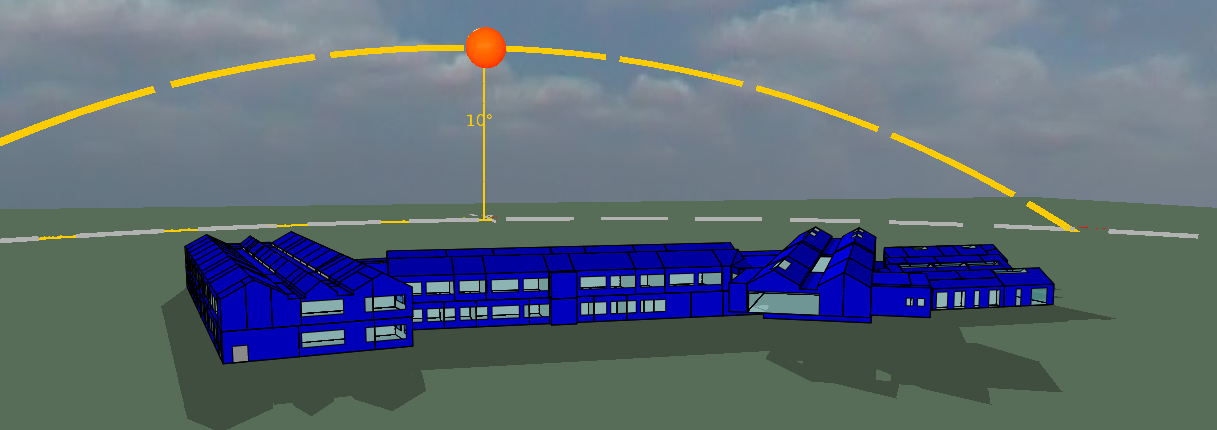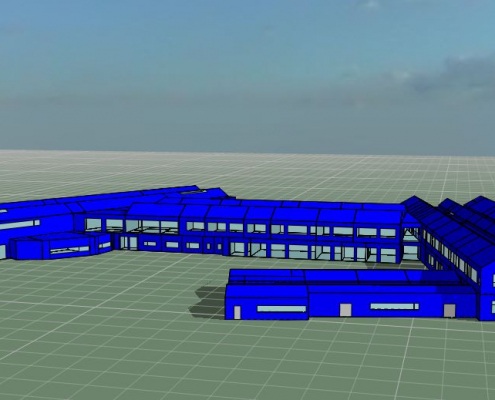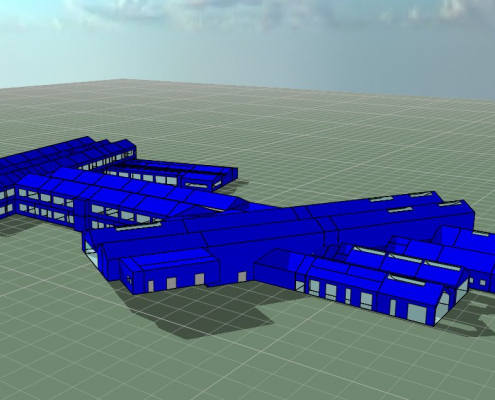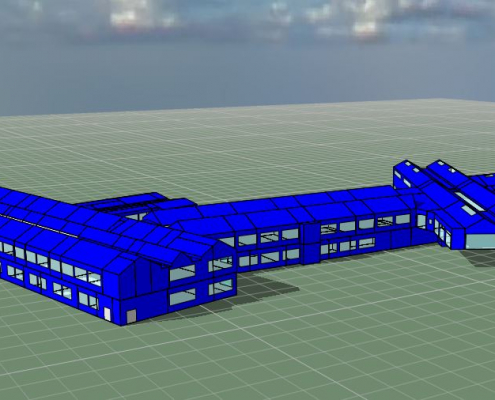What is Dynamic Simulation Modelling (DSM)?
DSM is accurate whole building performance simulation. DSM is commonly known as a Thermal Model which can be used to carry out building compliance assessments under the SBEM (Simplified Building Energy Model) approach to satisfy UK/ROI Regulations Part L and NI Part F. The advantage of progressing your SBEM into a Thermal Model / DSM is down to the increased accuracy achieved from 3D modelling a building.
DSM models are used by sustainable design experts around the globe to produce an accurate, sub-hourly, thermal simulation of new and existing buildings of any size and complexity. This model incorporates air flow from ventilation and openings to reflect the impact it has throughout the building. The model uses actual weather / solar data specific to site location.




